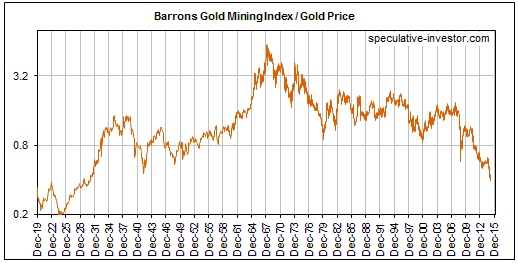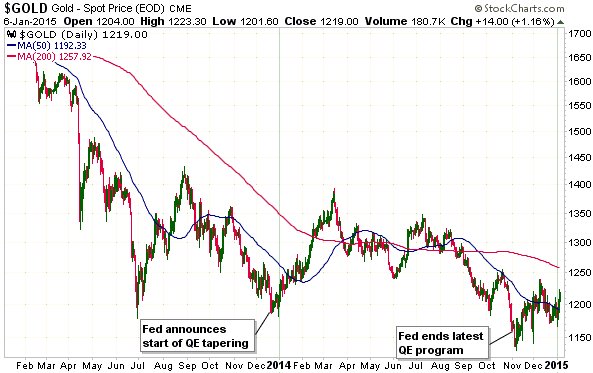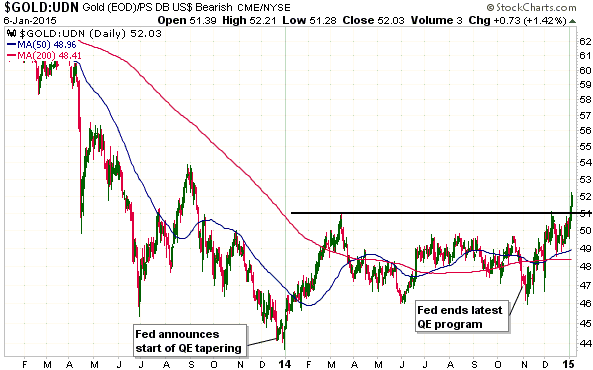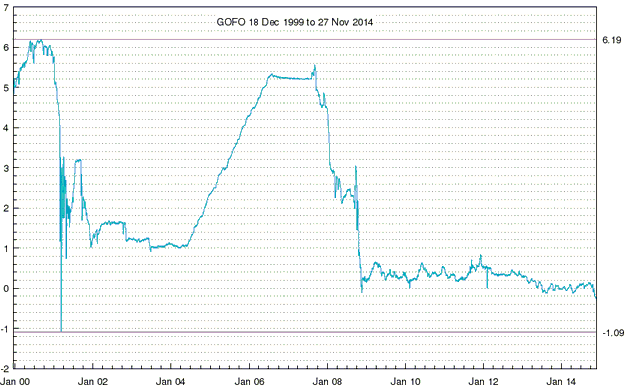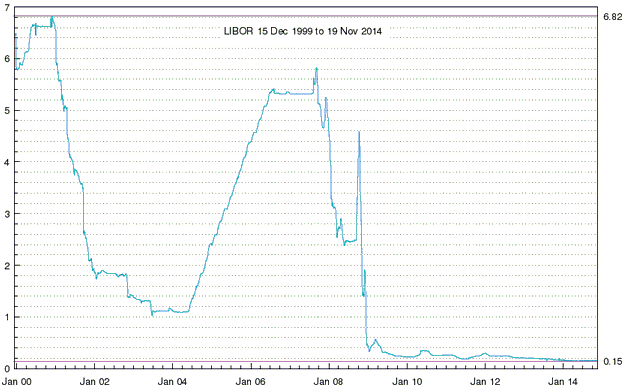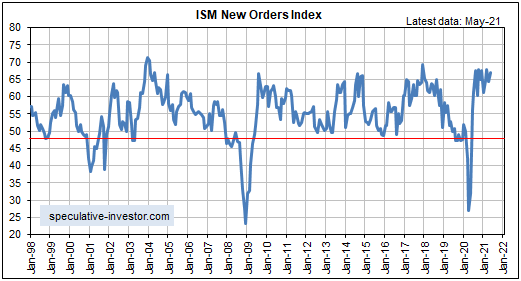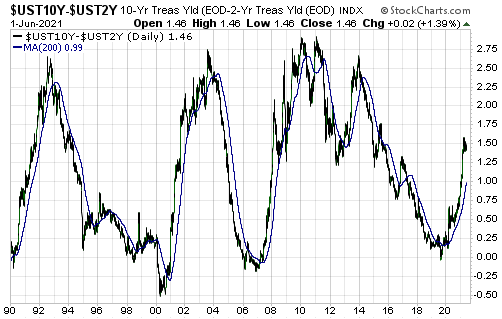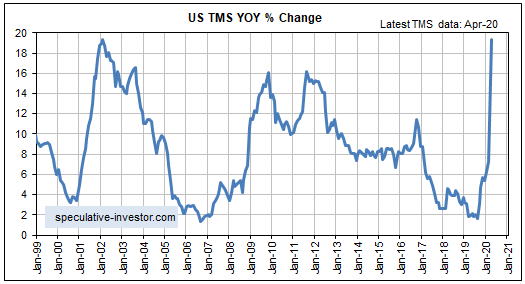Here are ten basic gold-market realities that are either unknown or ignored by many gold ‘experts’.
1. Supply always equals demand, with the price changing to maintain the equivalence. In this respect the gold market is no different from any other market that clears, but it’s incredible how often comments like “demand is increasing relative to supply” appear in gold-related articles.
2. The supply of gold is the total aboveground gold inventory, which is currently somewhere in the 150K-200K tonne range. Mining’s contribution is to increase the aboveground inventory by about 1.5% each year. An implication is that there should never be a shortage of gold.
3. Although supply always equals demand, the price of gold moves due to sellers being more motivated than buyers or the other way around. Moreover, the change in price is the only reliable indicator of whether the demand side (the buyers) or the supply side (the sellers) have the greater urgency. An implication is that if the price declines over a period then we know, with 100% certainty, that during this period sellers were more motivated (had greater urgency) than buyers.
4. No useful information about past or future price movements can be obtained by counting-up the amount of gold bought/sold in different parts of the gold market or different parts of the world. An implication is that the supply/demand analyses put out by GFMS and used by the World Gold Council are generally useless in terms of explaining past price moves and assessing future price prospects.
5. Demand for physical gold cannot be satisfied by “paper gold”.
6. Prices in the physical and paper (futures) markets are linked by arbitrage trading. For example, if speculative selling in the futures market drives the futures price down relative to the physical (or cash) price by a sufficient amount then arbitrage traders will profit by selling the physical and buying the futures, and if speculative buying in the futures market drives the futures price up relative to the physical (or cash) price by a sufficient amount then arbitrage traders will profit by selling the futures and buying the physical.
7. The change in the spread between the cash price and the futures price is the only reliable indicator of whether a price change was driven by the cash/physical market or the paper/futures market.
8. In a world where US$ interest rates are much lower than usual, the difference between the price of gold in the cash market and the price of gold for future delivery will usually be much smaller than usual. In particular, when the T-Bill yield is close to zero, as is the case today, there will typically be very little difference between the spot price of gold and the price for delivery in a few months. An implication is that in the current financial environment the occasional drift by gold into “backwardation” (the futures price lower than the spot price) will not be anywhere near as significant as it would be under more normal interest-rate conditions.
9. Major trends in the US$ gold price are determined by changes in the general level of confidence in the Fed and the US economy. An implication is that major price trends have nothing to do with changes in jewellery demand, mine supply, scrap supply, central bank buying/selling, and the amounts of gold being imported by India and China.
10. The amount of gold in COMEX warehouses and the inventories of gold ETFs follow the major price trend, meaning that changes in these high-profile inventories are effects, not causes, of changes in the gold price.
 Print This Post
Print This Post

